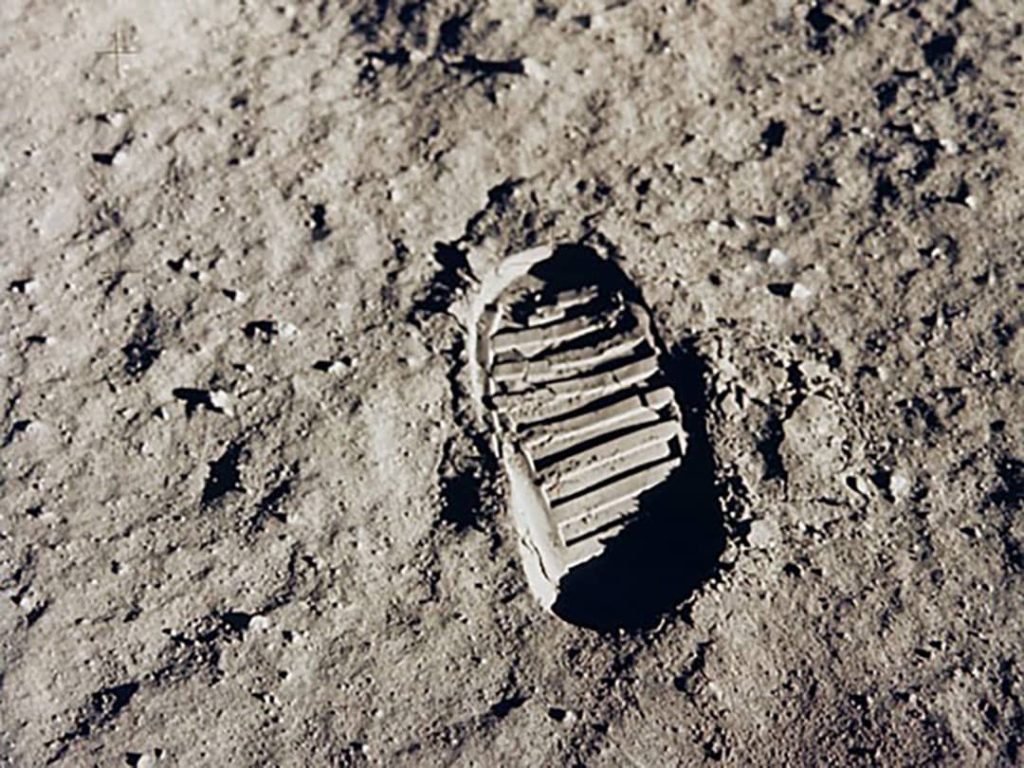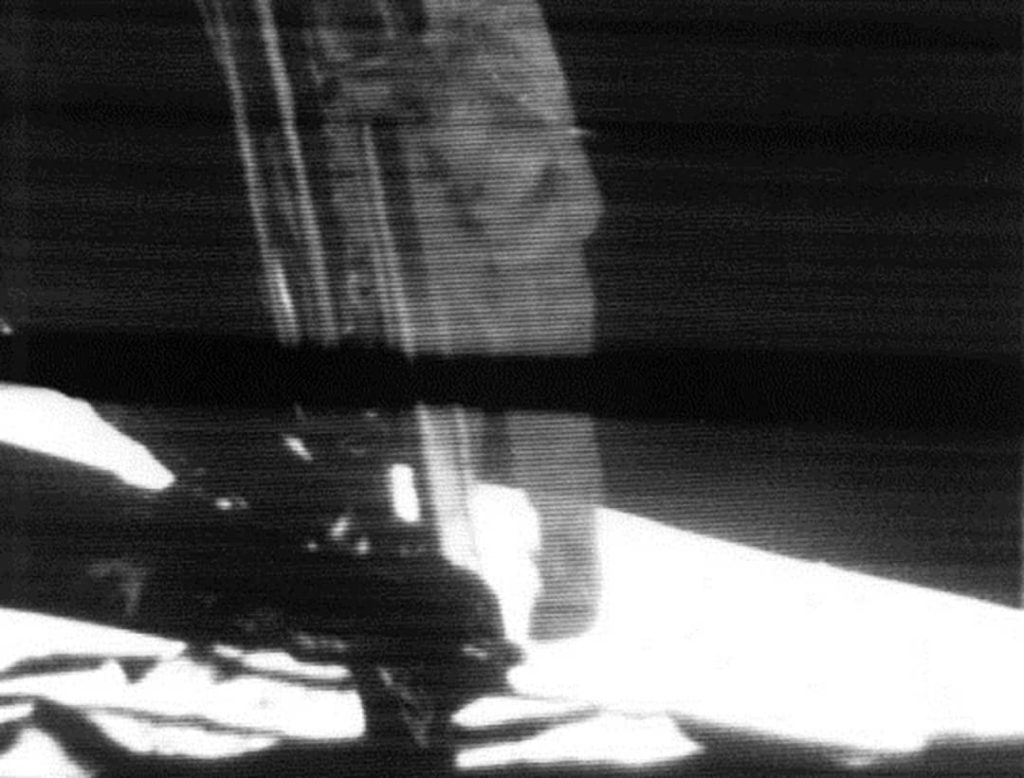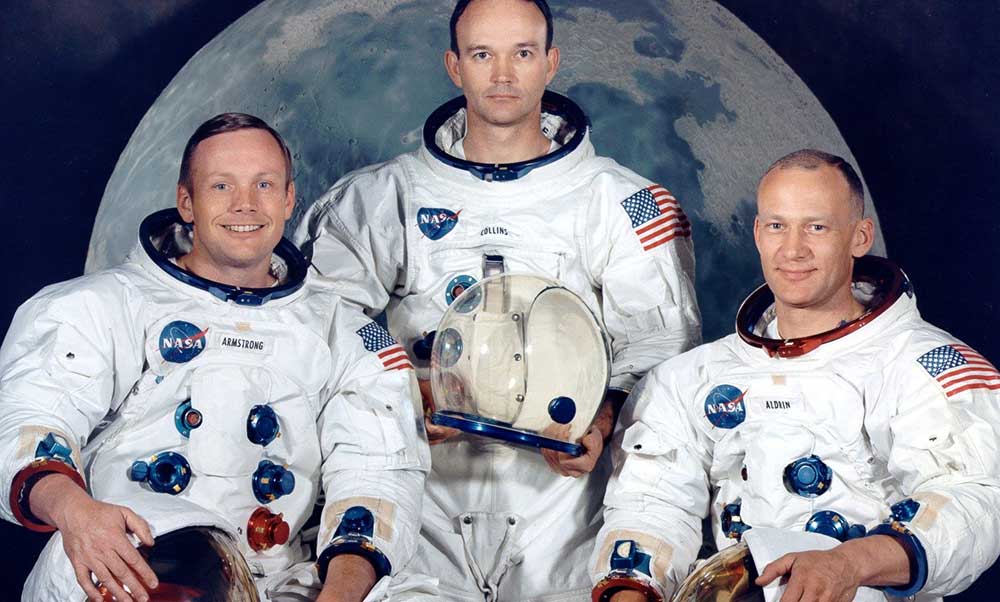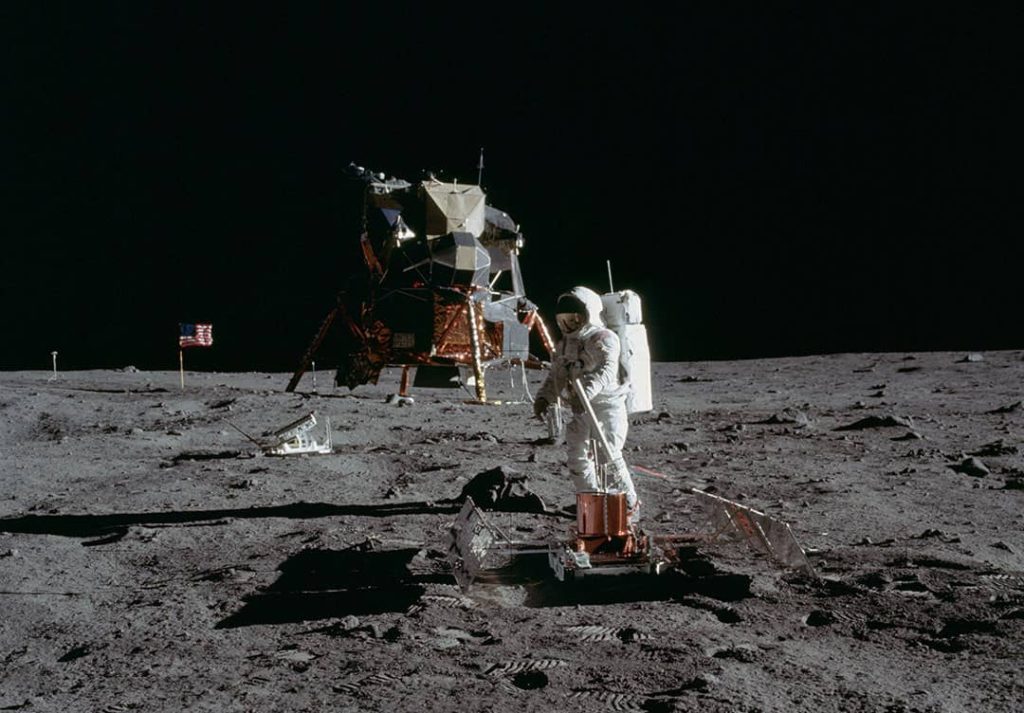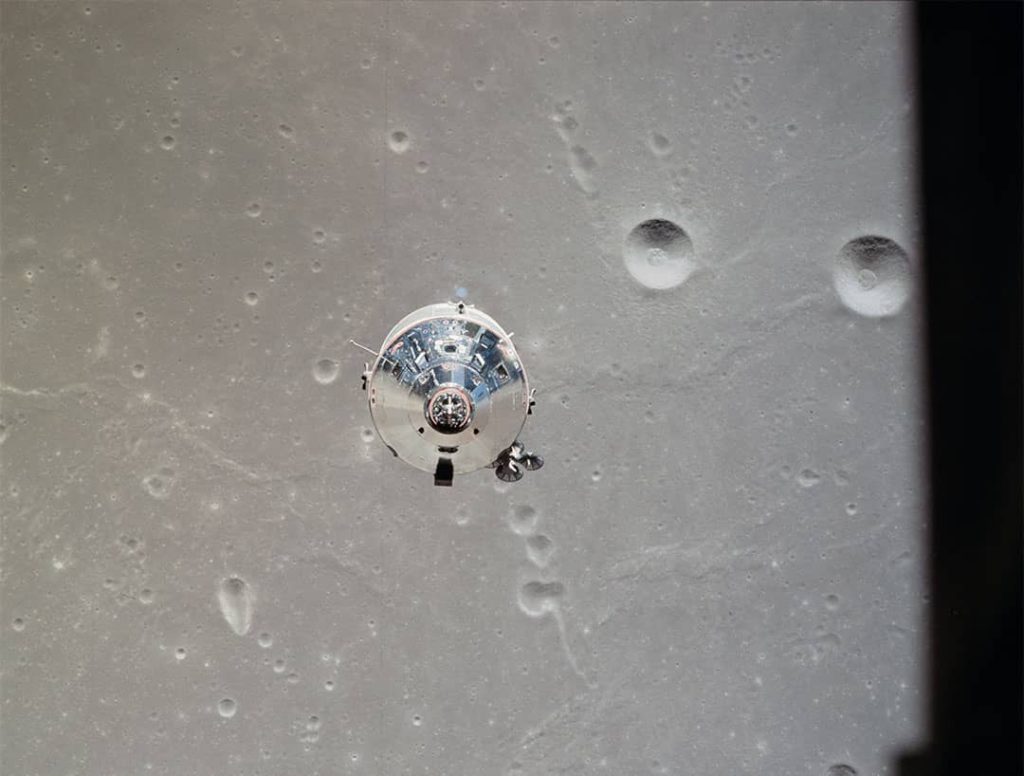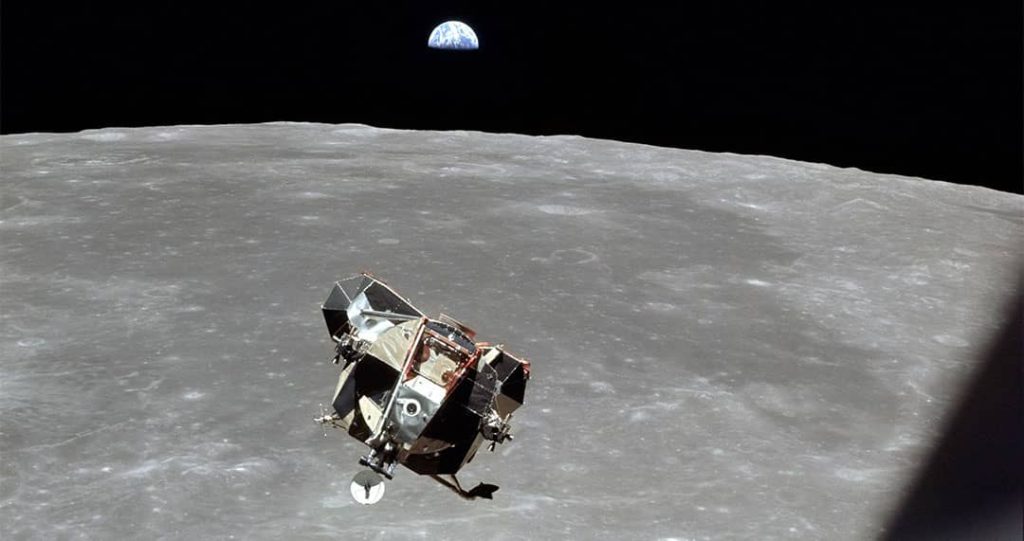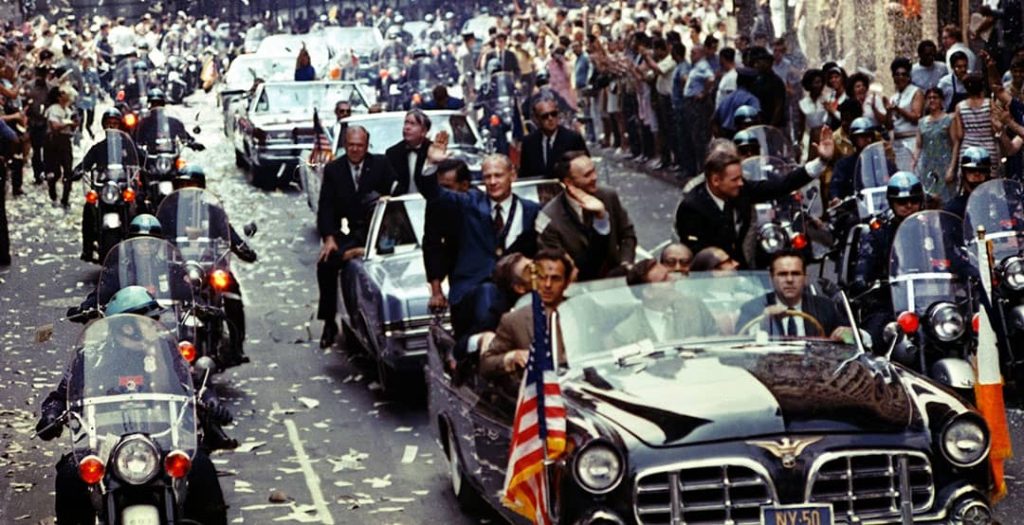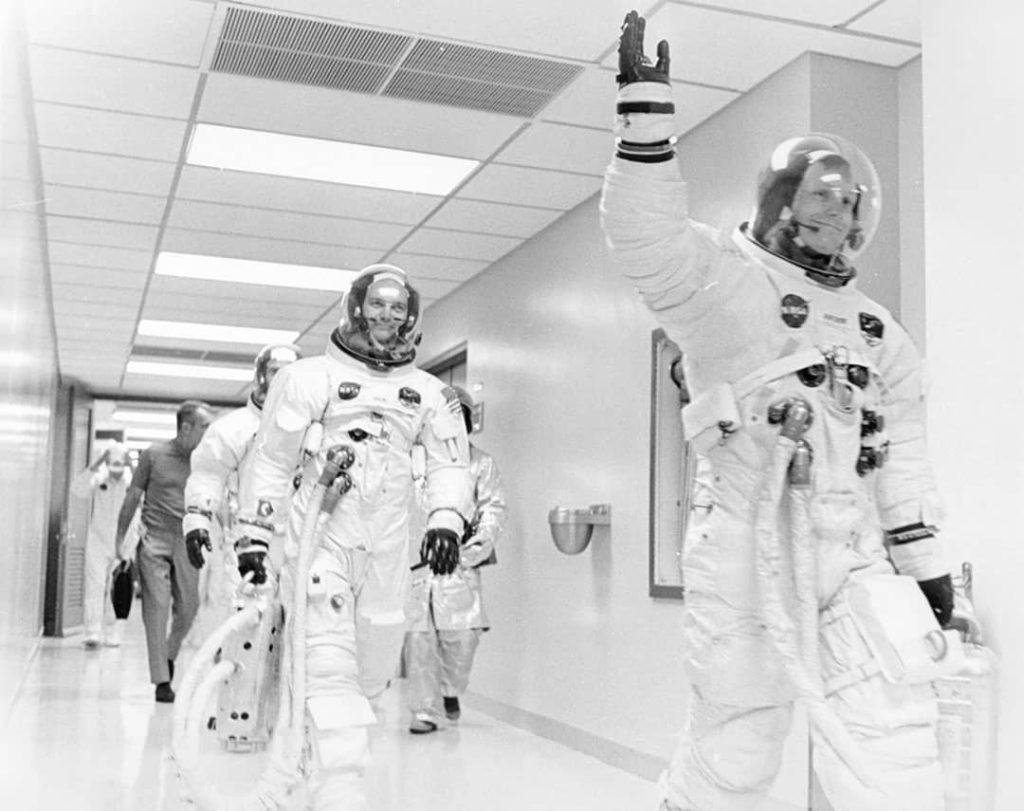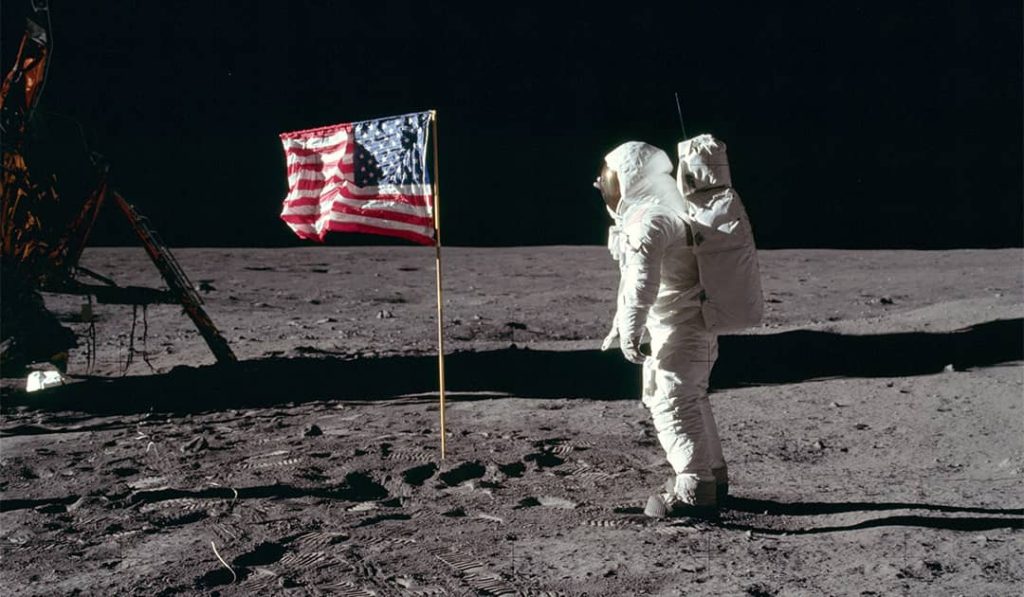
The 1969 Moon Landing and why it pushed the boundaries of possibility
The year 1969 went down in history on account of the first members of humankind reaching the moon and returning successfully. This momentous event marked the decade, yet again, as one that would be remembered for incredible technological advancements and innovation.
The successful mission, carried out by Apollo 11, was one of President John F. Kennedy’s great goals, as declared in an address to congress in 1961, in which he stated: ‘I believe that this nation should commit itself to achieving the goal, before this decade (1960s) is out, of landing a man on the Moon and retuning him safely to the Earth.’
This was a goal that looked to stretch the abilities of the nation and one that if completed would show superiority within the space field over the rest of the world, perhaps particularly the Soviet Union following the advent of the Cold War and the success of Sputnik 1 in 1957.
Kennedy’s goal kickstarted new research and development at the National Aeronautics and Space Administration (NASA), out of which the Apollo team was born. Following five years of work in 1966, the team was ready to trial the first unmanned Apollo mission.
A testing time followed, with more trials and the tragedy of losing three astronauts when a fire broke out during a manned launch-pad test.
The team continued with tests and trials, determined to reach the goal before the end of the decade; and in 1969 they were ready. With a three-strong astronaut crew assembled, made up of Neil Armstrong (1930 – 2012), Edwin ‘Buzz’ Aldrin (1930 - ) and Michael Collins (1930 – 2021), on the morning of July 16th 1969, Apollo 11 made the launch that would go down in history. Just 12 minutes after leaving the Kennedy Space Centre, the crew was in Earth’s orbit and ready to continue to its destination of the Moon.
On the 20th July, following a long journey, and with more than half a billion people glued to their television sets, the crew was ready to take the steps that would be remembered for ever more. Armstrong and Aldrin made their descent in the lunar module Eagle, landing at a site they had given the name Tranquillity Base.
Armstrong accompanied his first steps on the lunar surface with the words ‘That’s one small step for man, one giant leap for mankind’ - probably one of the most widely quoted sayings ever since.
While Collins continued to orbit in the command module, Armstrong and Aldrin spent around two and a half hours exploring the Moon’s surface, collecting samples and taking photographs, an experience that will no doubt have stuck with them for the rest of their lives.
In an iconic moment, the pair raised an American flag to be left on the surface. They also placed a plaque on one of the lunar module’s legs with the message, ‘Here men from planet Earth first set foot upon the moon. July 1969 A.D. We came in peace for all mankind.’ This served as a message for any later people or beings that might see it.
The pair rejoined Collins in the command module, Columbia, and made their way home, splashing down in the Pacific Ocean after the trip of a lifetime, one which today, over 50 years later, is still seen to be an incredible accomplishment.
The success of this trip meant that Kennedy had met the goal he set out previously in 1961. Just a few years later, the boundaries of what seemed possible had been broken, and the bar had been raised for the future of space exploration.
